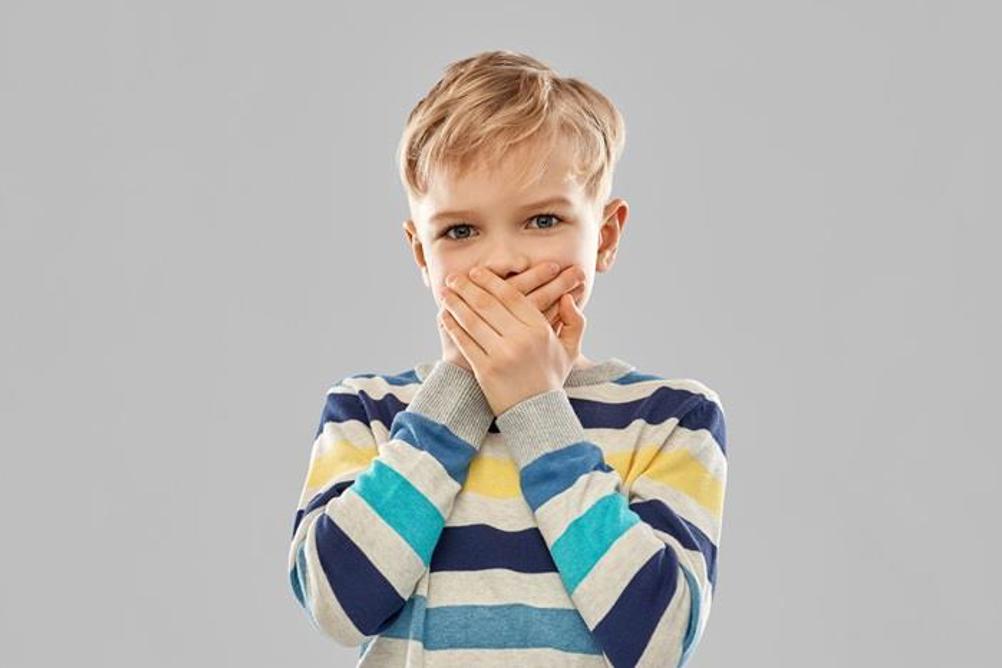
Mouth breathing dries up the saliva, reducing its antibacterial and cleansing effects, so that halitosis is likely to worsen as a result. Halitosis may reflect local or systemic conditions such as gingivitis, periodontal disease, diabetic acidosis, hepatic failure or respiratory infection.
An article on the study is published in the journal PLOS ONE.
The study
The researchers selected 52 mouth-breathing children aged six to 12 with a diagnosis of halitosis, confirmed using a halimeter.
Antimicrobial photodynamic therapy (aPDT) consists of the administration of a photosensitiser combined with a light source at a specific wavelength, and oxygen. The procedure generates reactive oxygen species that induce bacterial cell death. Although the study only involved children, the method can treat halitosis in people of any age.
Register now to continue reading
Thank you for visiting Dental Nursing and reading some of our resources. To read more, please register today. You’ll enjoy the following great benefits:
What's included
-
Up to 2 free articles per month
-
New content available
Already have an account? Sign in here
